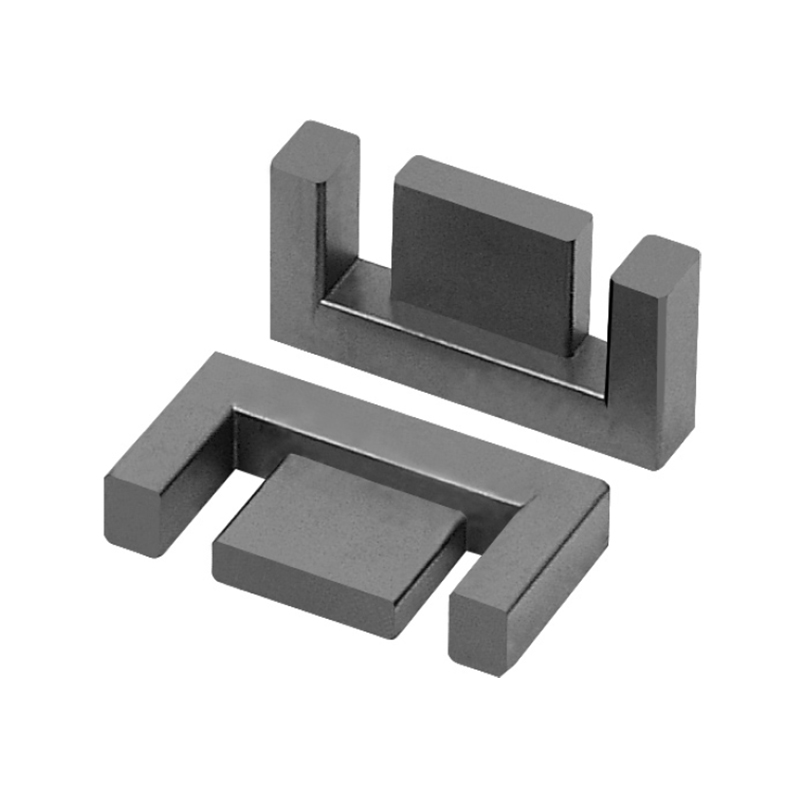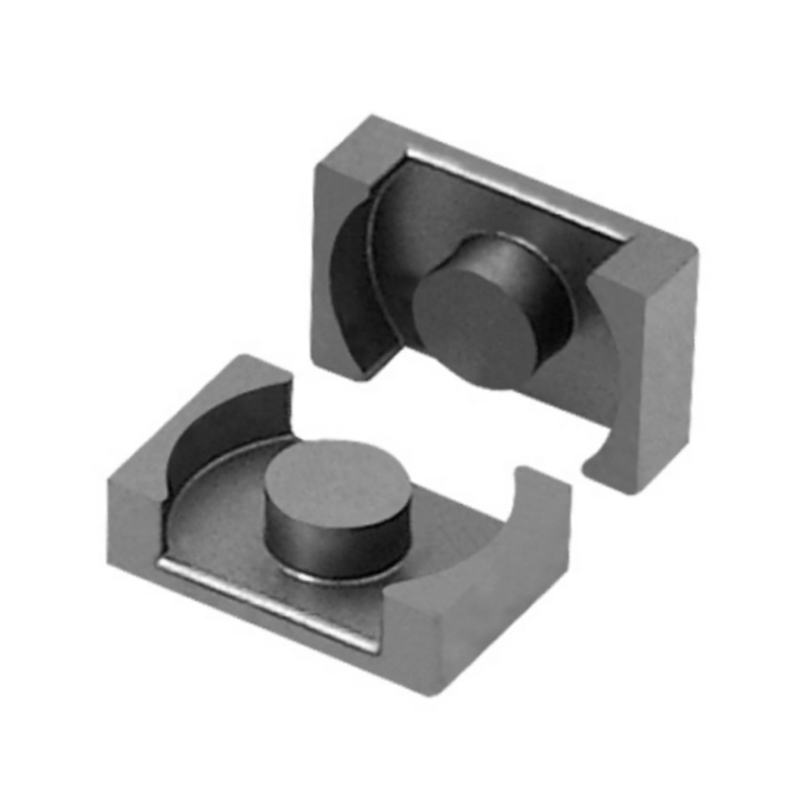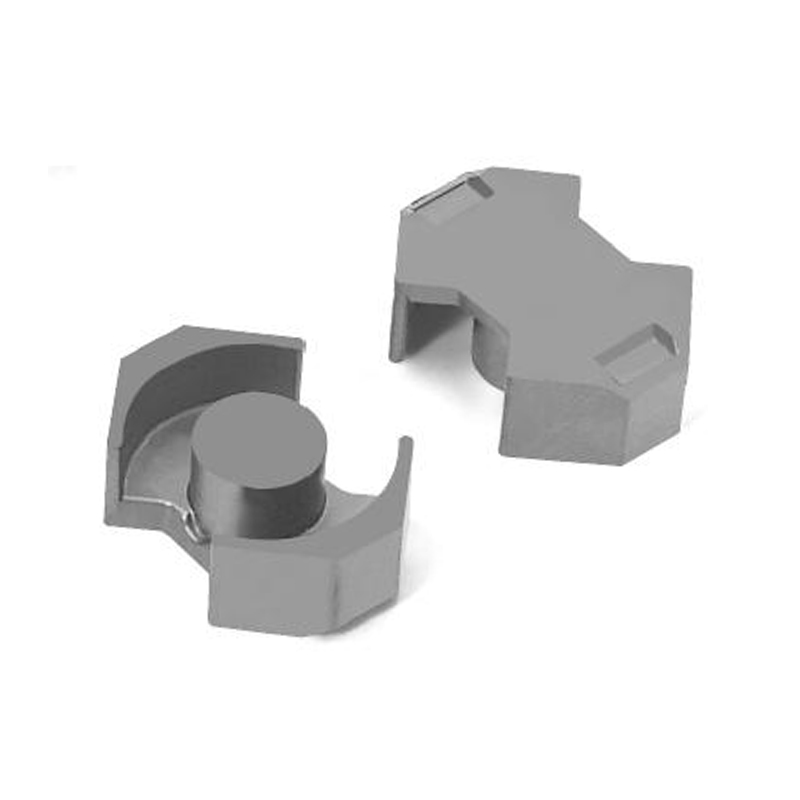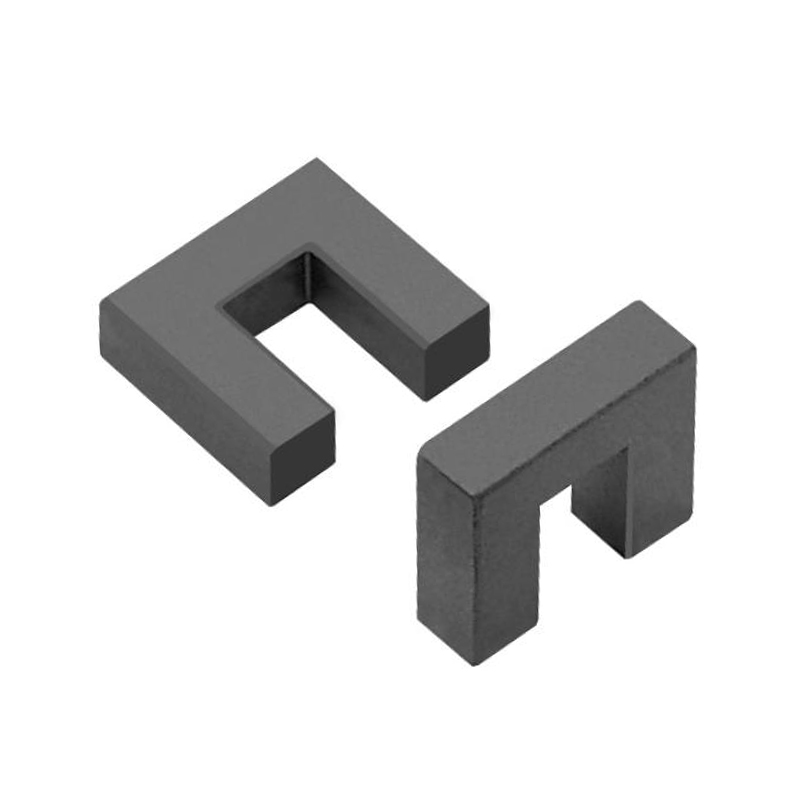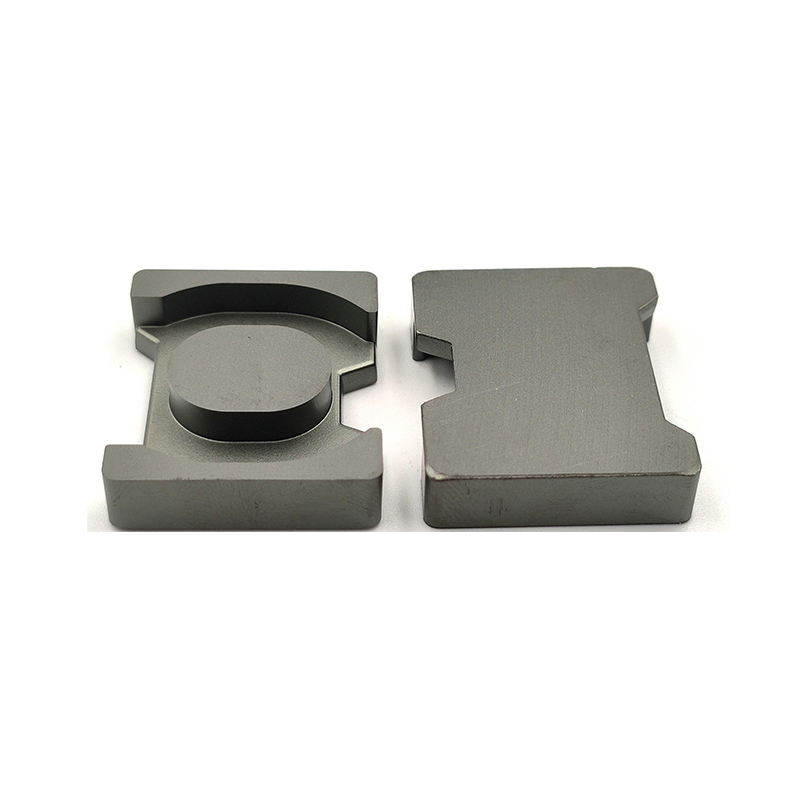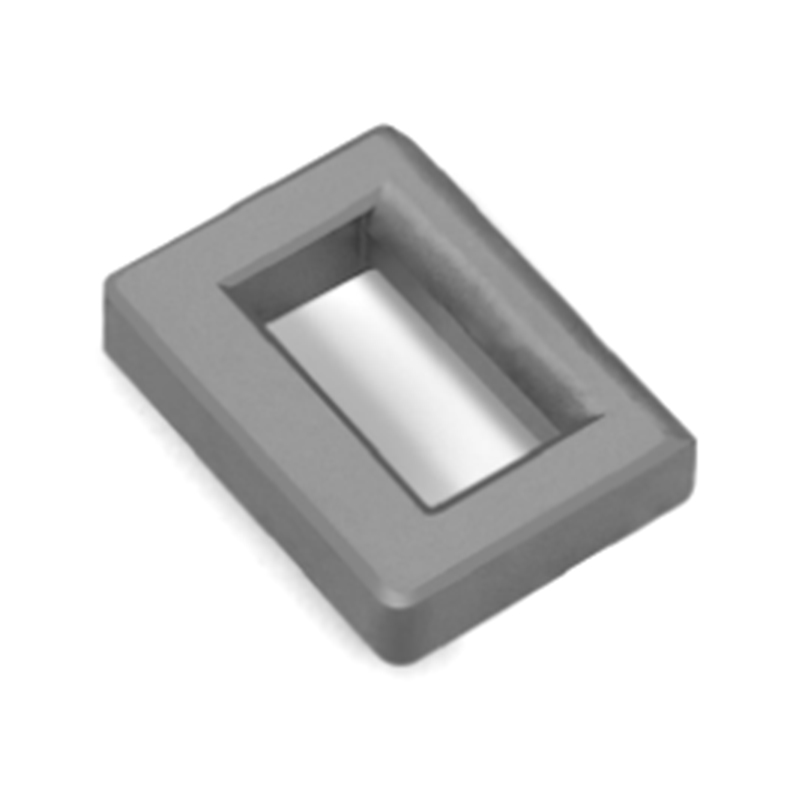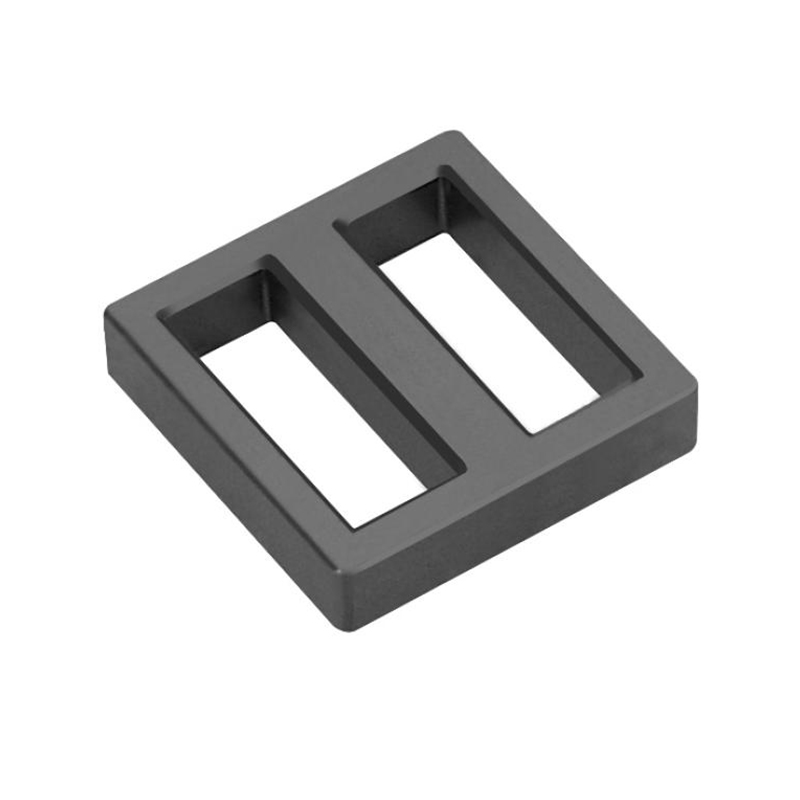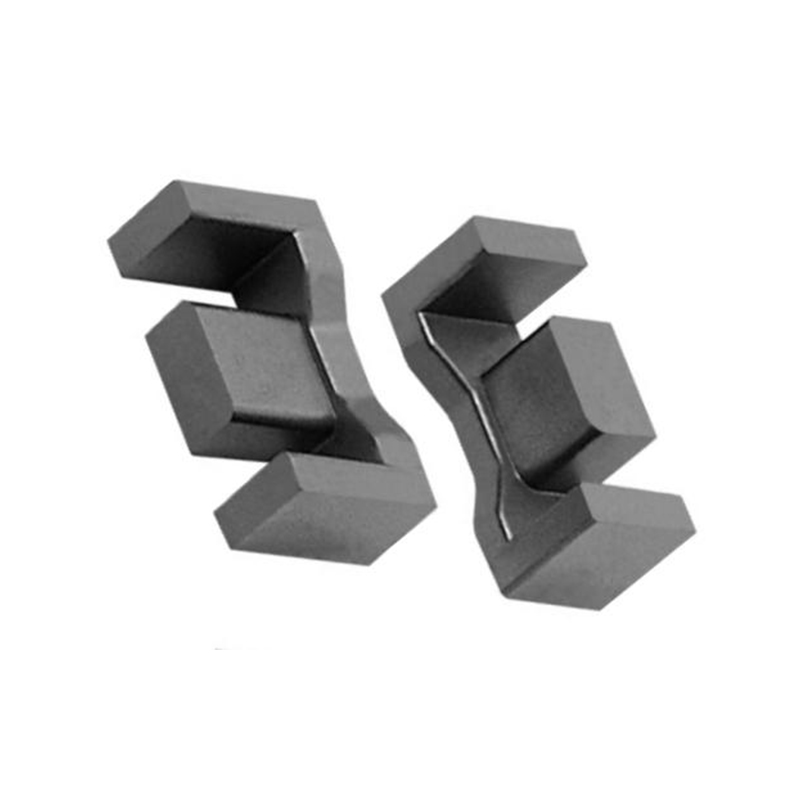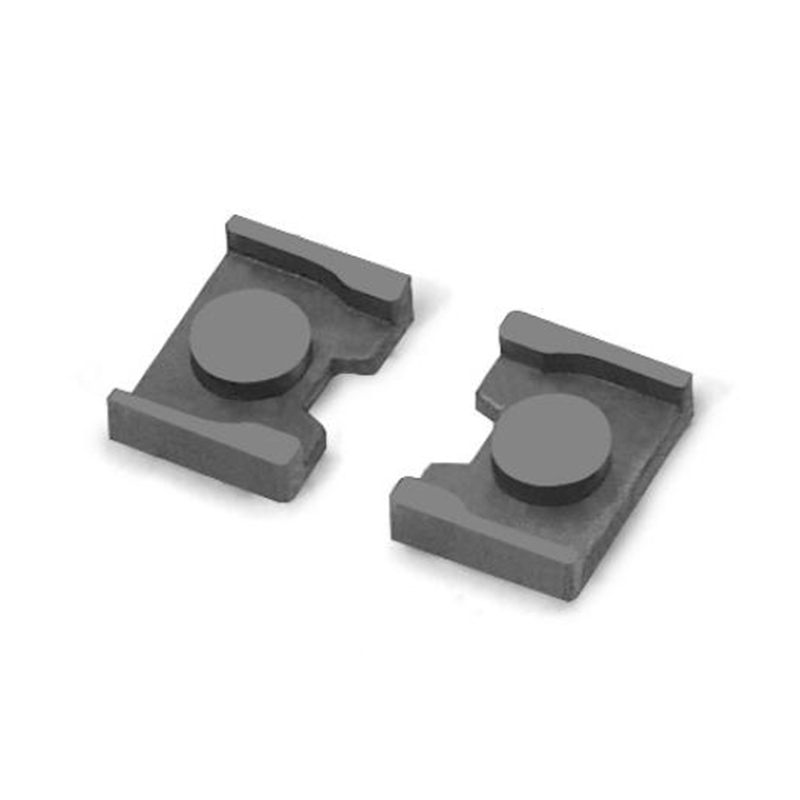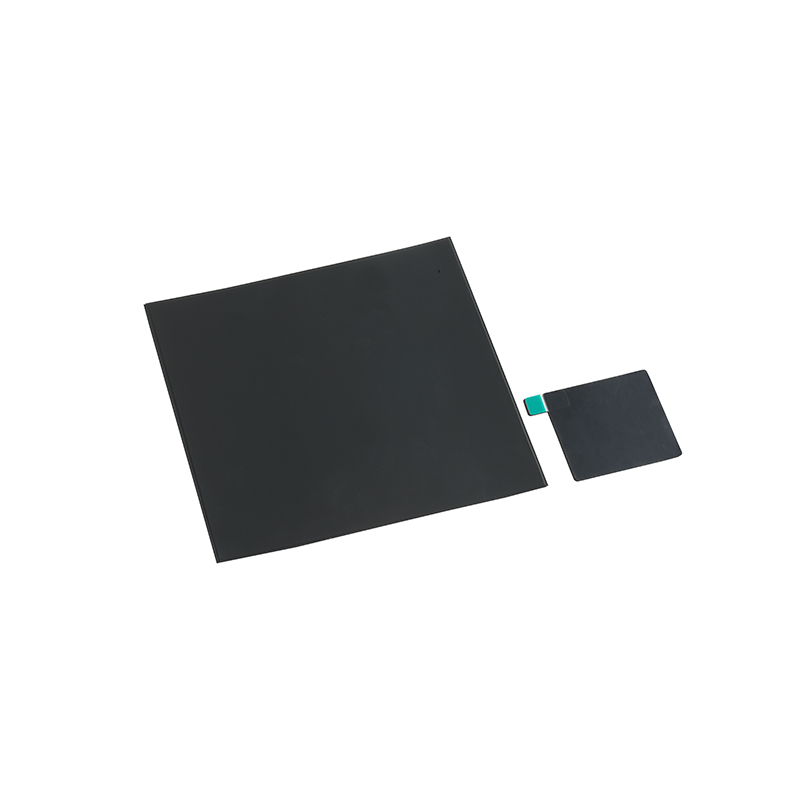Soft magnetic ferrites are ceramic compounds that have become indispensable in modern electronics. With their unique combination of high magnetic permeability and low electrical conductivity, these materials solve critical challenges in power conversion, noise suppression, and high-frequency applications. This guide provides practical information to help engineers and designers select and apply soft magnetic ferrites effectively.
What Are Soft Magnetic Ferrites?
Soft magnetic ferrites are iron oxide-based ceramic materials with the general chemical formula MFe2O4, where M represents a divalent metal ion such as manganese, zinc, or nickel. Unlike their hard magnetic counterparts, soft ferrites are easily magnetized and demagnetized, making them ideal for applications requiring rapid magnetic field changes.
The three main types of soft magnetic ferrites are:
- Manganese-zinc (MnZn) ferrites - Best for frequencies below 5 MHz
- Nickel-zinc (NiZn) ferrites - Suitable for higher frequencies up to several hundred MHz
- Magnesium-zinc (MgZn) ferrites - Used in specialized high-frequency applications
Key Properties of Soft Magnetic Ferrites
Understanding these critical properties will help you select the right ferrite material for your specific application:
| Property | MnZn Ferrites | NiZn Ferrites | Impact on Performance |
| Initial Permeability (μi) | 800-15,000 | 20-1500 | Higher values increase inductance but reduce frequency range |
| Saturation Flux Density (mT) | 400-530 | 300-400 | Determines maximum energy storage before saturation |
| Resistivity (Ω·cm) | 1-10 | 105-108 | Higher values reduce eddy current losses |
| Curie Temperature (°C) | 120-300 | 150-450 | Maximum operating temperature before losing magnetism |
| Optimal Frequency Range | 1 kHz - 5 MHz | 1 MHz - 500 MHz | Determines suitable applications |
Top Applications of Soft Magnetic Ferrites
1. Switch-Mode Power Supplies (SMPS)
Ferrite cores are the backbone of modern power conversion systems. MnZn ferrites dominate in:
- Flyback transformers for low-power applications
- Forward converter transformers in medium-power systems
- Output chokes for smoothing DC current
For high-frequency DC-DC converters above 1 MHz, NiZn ferrites often provide better performance due to their lower core losses.
2. Electromagnetic Interference (EMI) Suppression
Ferrite beads and cores are the most cost-effective solution for:
- Cable noise suppression (USB, HDMI, power cables)
- Board-level EMI filtering
- RFI suppression in wireless devices
NiZn ferrites are particularly effective for high-frequency noise above 50 MHz, while MnZn works better for lower frequency interference.
3. Inductors and Transformers for High-Frequency Circuits
Ferrite cores enable compact, efficient components for:
- RF transformers in communication equipment
- Tunable inductors for matching networks
- Baluns for impedance transformation
How to Select the Right Soft Ferrite Material
Follow this step-by-step approach to choose the optimal ferrite for your application:
Step 1: Determine Your Frequency Range
For frequencies below 1 MHz, MnZn ferrites typically offer better performance. Between 1-10 MHz, evaluate both types based on other requirements. Above 10 MHz, NiZn is usually the only practical option.
Step 2: Calculate Required Permeability
Use the inductance formula for your core geometry to determine the needed permeability. Remember that effective permeability decreases with air gaps.
Step 3: Evaluate Power Handling Requirements
For power applications, prioritize:
- Saturation flux density (higher is better for power handling)
- Core loss (lower is better for efficiency)
- Curie temperature (must exceed maximum operating temperature)
Step 4: Consider Environmental Factors
If your application involves:
- High humidity: Use NiZn or specially coated MnZn
- Mechanical stress: Consider epoxy-bonded cores
- Temperature extremes: Verify permeability stability
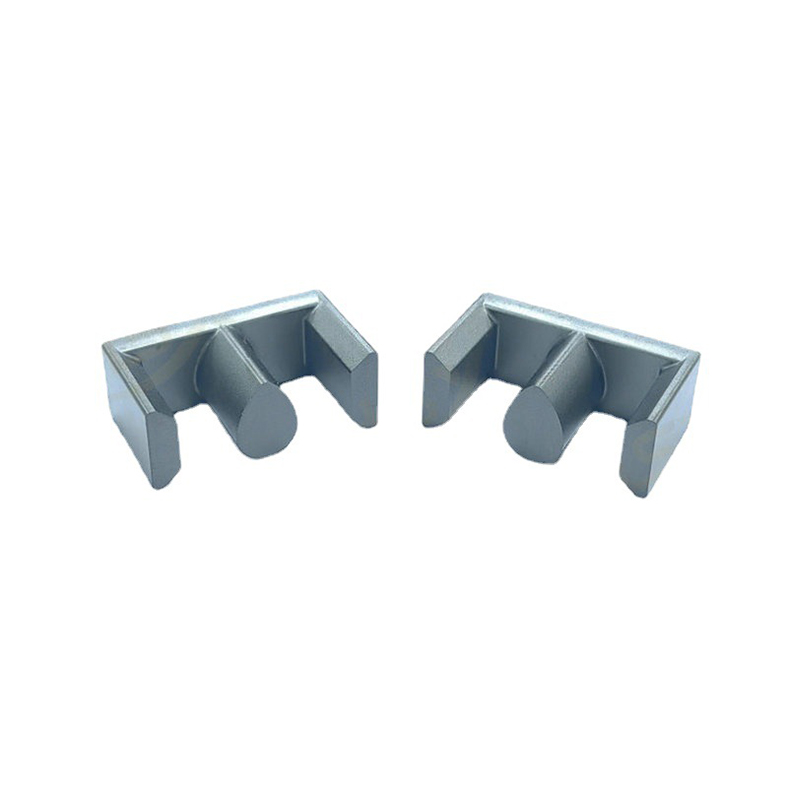
Manufacturing Process of Soft Ferrites
Understanding how ferrites are made can help with material selection and troubleshooting:
- Raw material preparation: High-purity iron oxide mixed with other metal oxides
- Pre-sintering: Partial reaction at 900-1000°C to form spinel structure
- Milling: Grinding to sub-micron particle size
- Pressing: Forming into desired shapes with organic binders
- Sintering: Final firing at 1100-1300°C to achieve full density
- Machining: Grinding to precise dimensions when needed
- Coating: Applying protective layers if required
Common Ferrite Core Shapes and Their Uses
Different core geometries serve distinct purposes in electronic design:
- E-cores: Most common for power transformers, easy to wind
- Toroids: Excellent for inductors, minimal EMI radiation
- RM cores: Compact, with good heat dissipation
- Pot cores: Shielded design for sensitive circuits
- Beads: Simple EMI suppression components
Optimizing Ferrite Core Performance
These practical tips can help maximize the effectiveness of your ferrite components:
1. Proper Core Gapping
Adding an air gap:
- Increases energy storage capability
- Reduces effective permeability
- Improves DC bias characteristics
Distributed gaps (powder cores) often perform better than discrete gaps at high frequencies.
2. Temperature Considerations
Ferrite properties change with temperature:
- Permeability typically increases with temperature up to the Curie point
- Core losses increase exponentially with temperature
- Design with at least 20% margin below Curie temperature
3. Winding Techniques
To minimize losses:
- Use Litz wire for frequencies above 50 kHz
- Distribute windings evenly around the core
- Minimize layer count to reduce proximity effect
Emerging Trends in Soft Magnetic Ferrites
The ferrite industry continues to evolve to meet new challenges:
- High-temperature ferrites for automotive and aerospace applications
- Low-loss formulations for MHz-range power conversion
- Nanocrystalline ferrites with improved high-frequency performance
- 3D-printed ferrite components for custom geometries
Troubleshooting Common Ferrite Issues
When problems arise, consider these potential causes and solutions:
| Problem | Possible Causes | Solutions |
| Excessive heating | Core loss too high, improper material selection, excessive ripple current | Switch to lower-loss material, reduce flux density, improve cooling |
| Inductance drop under DC bias | Material approaching saturation, insufficient air gap | Use material with higher Bsat, increase gap, use distributed gap core |
| Performance degradation over time | Moisture absorption (MnZn), mechanical stress, thermal cycling | Use protective coating, switch to NiZn for humid environments, reduce mechanical stress |
Where to Buy Quality Soft Magnetic Ferrites
Reliable sources for ferrite materials include:
- Major manufacturers: TDK, Ferroxcube, Magnetics Inc., DMEGC
- Distributors: Digi-Key, Mouser, RS Components
- Specialty suppliers: For custom formulations or shapes
When sourcing ferrites, always request detailed specifications and test reports, especially for critical applications.
Conclusion
Soft magnetic ferrites remain essential components in modern electronics, offering an unmatched combination of magnetic performance, high-frequency operation, and cost-effectiveness. By understanding their properties, applications, and selection criteria, engineers can leverage these materials to create more efficient, compact, and reliable electronic systems. As technology advances, new ferrite formulations continue to expand the boundaries of what's possible in power electronics and high-frequency design.

 中文简体
中文简体